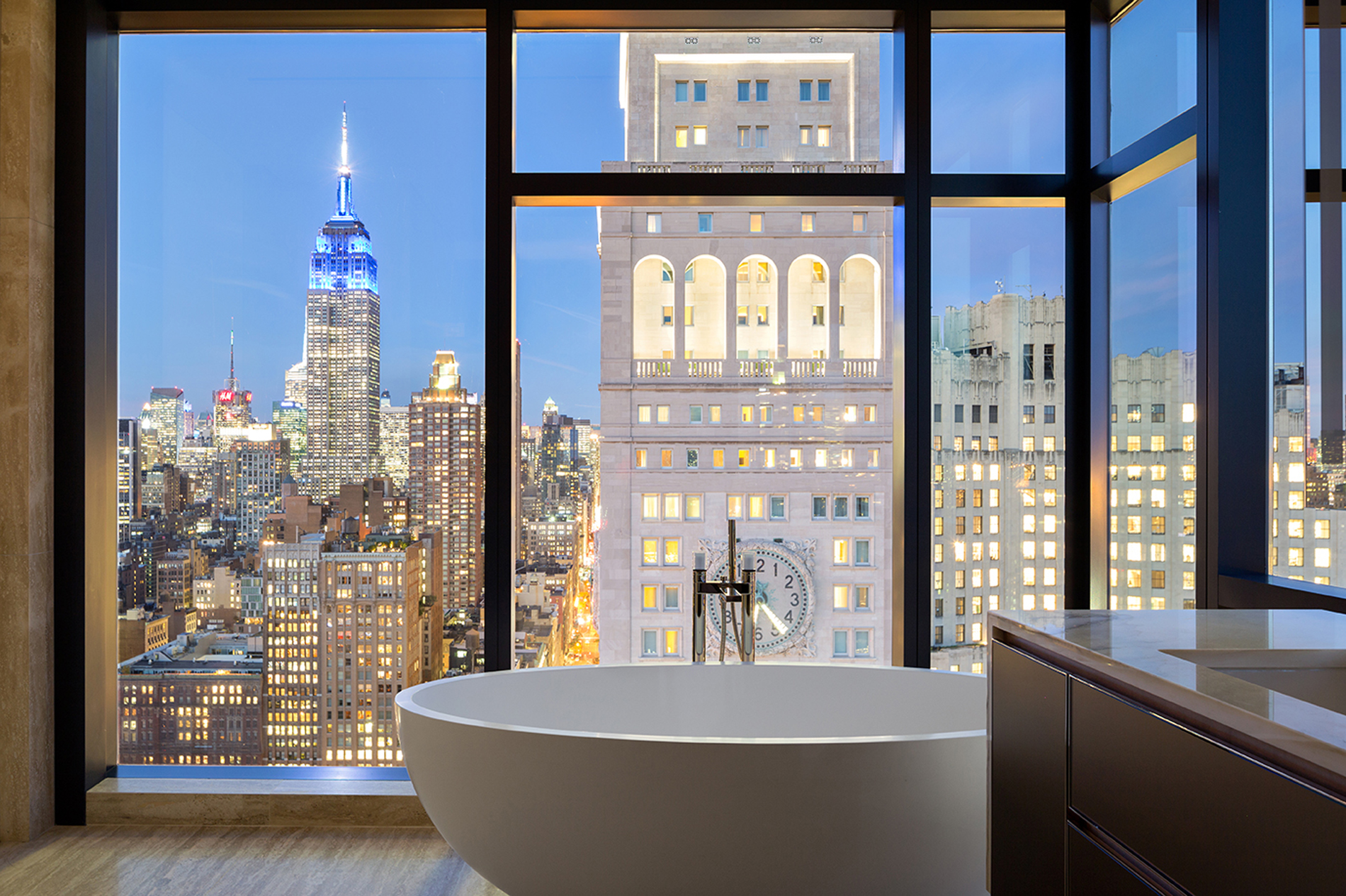
Q&A: Better Building With Highline Construction
How do you build better? In the high-stakes world of NYC design and construction, nothing less than perfection will do, and a detail-oriented, creative, problem solving approach makes Highline Construction one of the city’s best construction management and general contracting firms. We sat down with founder and principal Mark Dobbin and Vice-President and Lead Estimator Breandán Timothy to talk about successful collaboration, challenging conditions and creative solutions, and how the pandemic has changed building in New York.
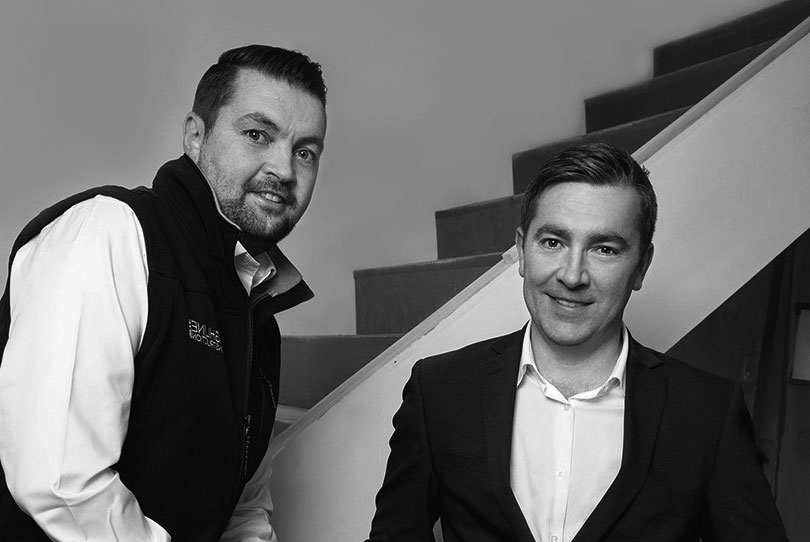
What makes Highline unique?
Highline distinguishes itself by building exclusively in New York City. We stay in our lane, and that means staying in town. Highline operates in Manhattan only, ensuring we are not spread thin throughout the tri-state area or other geographies. We are typically building 8-12 projects at any given time, an optimal volume to ensure consistent owner involvement and a highly personalized, hands-on experience on all of our jobs. Our team consists of 75 employees, including project management, field staff and our in-house carpentry crew, which we believe to be the ideal size—robust but not unwieldy. Most importantly, we move quickly and are often willing to commit to aggressive schedules that would intimidate most. Our subcontractor relationships are strong, long-standing, and always financially sound, ensuring us the manpower we need to execute on time and on budget.

What tips do you have for someone choosing a contractor in NYC?
You truly do get what you pay for in this industry (and in this town) so definitely budget accordingly. A GC with robust management and a deep bench of skilled, reliable subcontractors is going to have a certain amount of overhead and will indeed come at a premium, but it’s the best investment you can make. Too often we’ve seen folks select smaller contractors based on a lower estimate at the onset, only to wind up paying more in change orders and penalty fees due to a lack of foresight, oversight and manpower. Don’t skimp!
What is the hardest thing about building in NYC?
All of the building regulations. Each one has its own set of house rules and all are so different. Some are more lenient than others but the restrictions can be quite limiting—especially in this time of Covid. Limited work hours, limited amount of time to execute a project (i.e., summer work rules and such) before exorbitantly high penalty fees kick in, limited elevator use, limited amount of men who can be in the elevator at a given time, limited windows for noisy work, demolition or carting debris… need we go on? Not to mention small service elevators that can’t accommodate large materials or furniture items that subsequently need to be craned in. Building in this town is certainly not for the faint of heart.
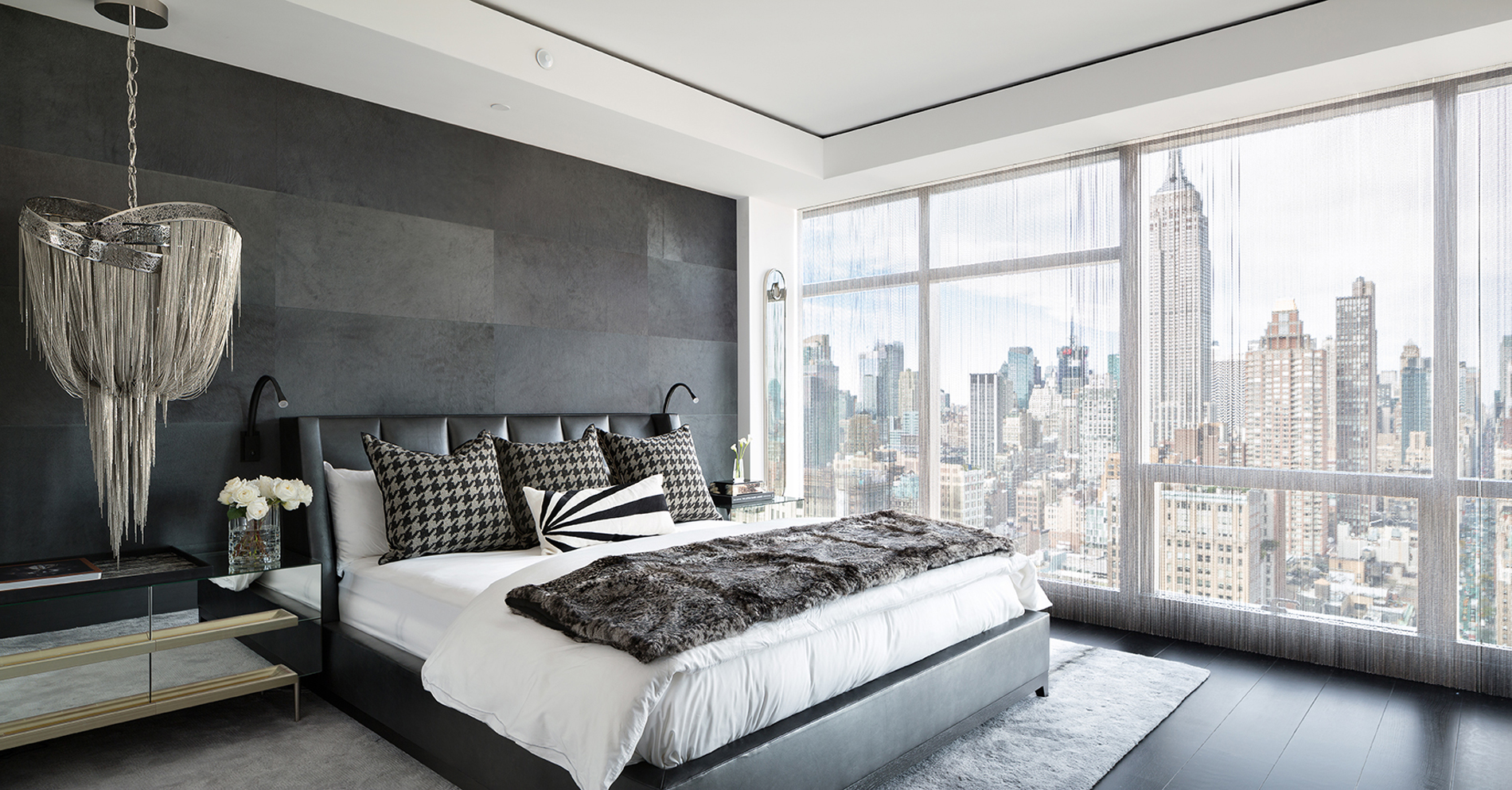
OK, but what’s the coolest thing about building in NYC?
The wealth of talent in the architecture and the local design industry here. We are so fortunate to be able to work with such creative, inspiring and simply visionary minds (like some of the incredible folks at Workshop) as well as the litany of extraordinary artisans available to us in NY to execute our projects (i.e., craftsmen doing Venetian plaster, millwork, stone and tile, wood flooring, verre eglomise, and more). This talent pool does not exist in such abundance anyplace else. We have an embarrassment of riches here and are so grateful to these folks who all make us look so good!
How do you get involved before a project even kicks off?
In a myriad of ways… we’ll often tour properties with our clients to give them a sense of how much work would be required and (ballpark) what the correlating cost would be to help inform their decision on whether to purchase and if so, how much to offer. We also frequently engage in preconstruction contracts where we’ll work hand-in-hand with the design team conducting probes, making mockups, running budget checks and more to ensure viability every step of the way while scope is in development.
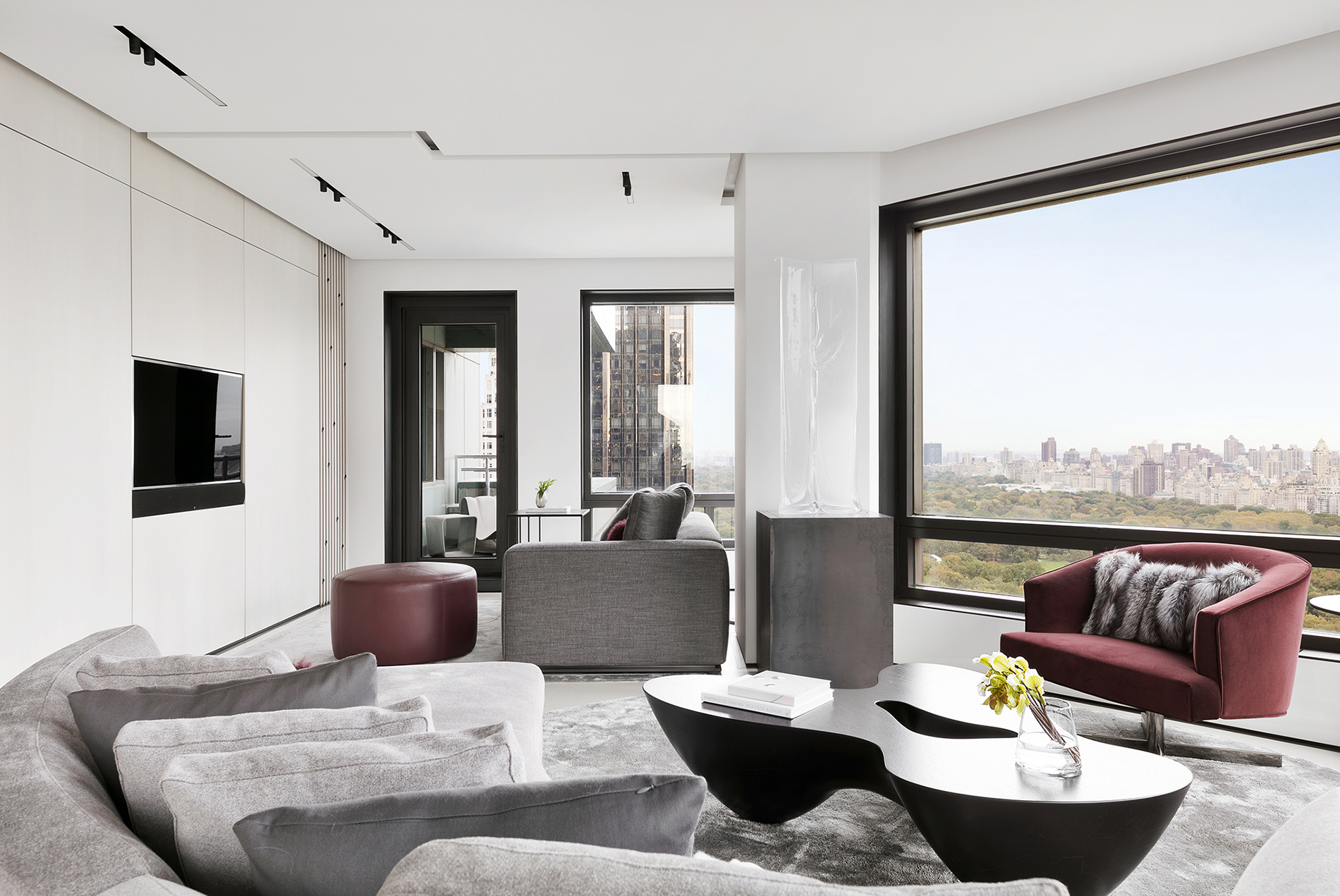
What do you enjoy about working with Workshop/APD?
We admire Workshop’s deeply-held design principles and really enjoy the collaborative process of determining how best to execute their signature details. I.e., every time different materials terminate onto one another, Workshop incorporates a reveal, always uses door gaskets as opposed to silencers, avoids visible fastening components (i.e., screw/nail heads), and really like to keep everything as clean, modern and symmetrical as possible. They keep us challenged and on our toes, always testing means and methods in the name of extraordinary design.
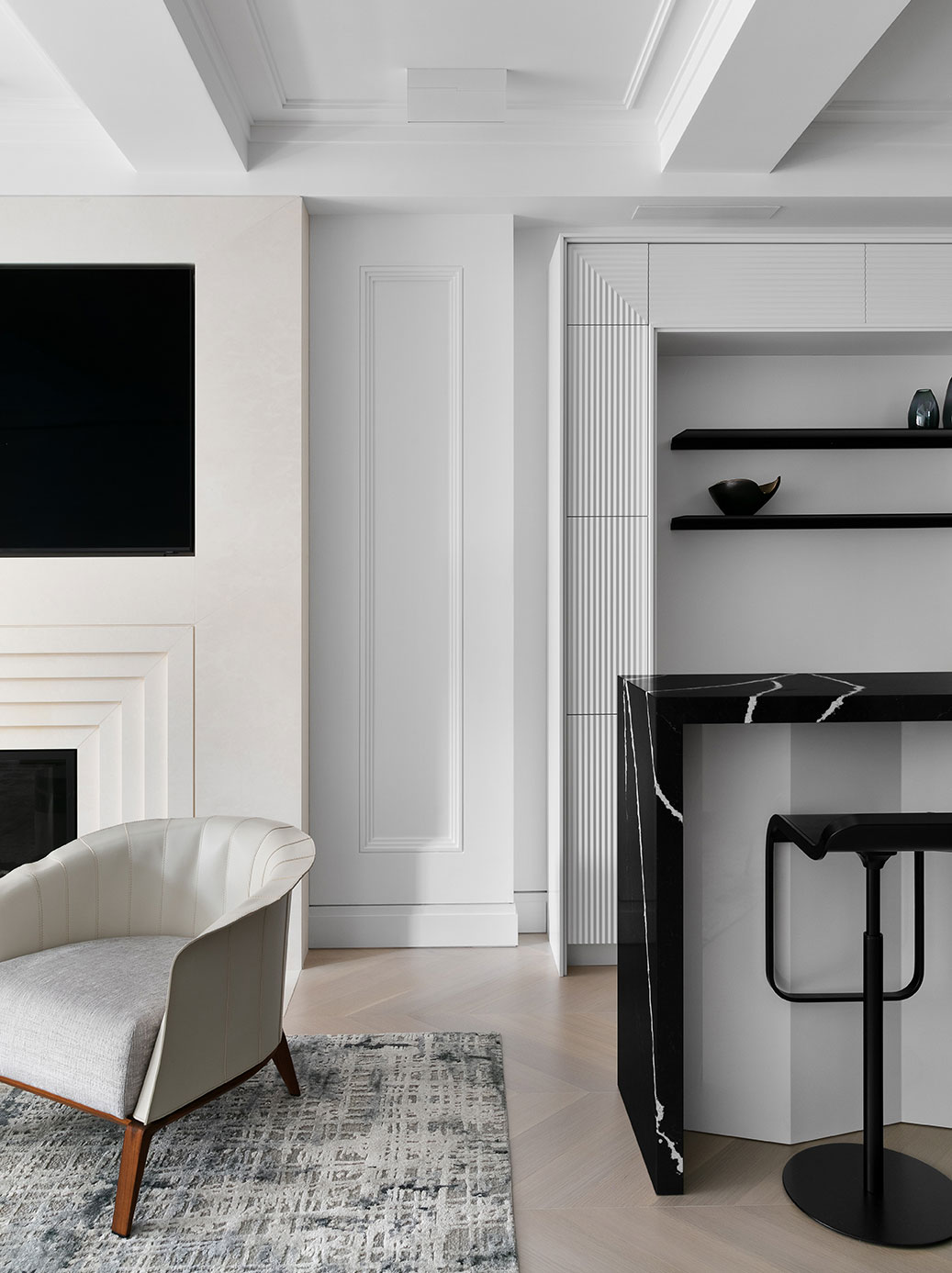
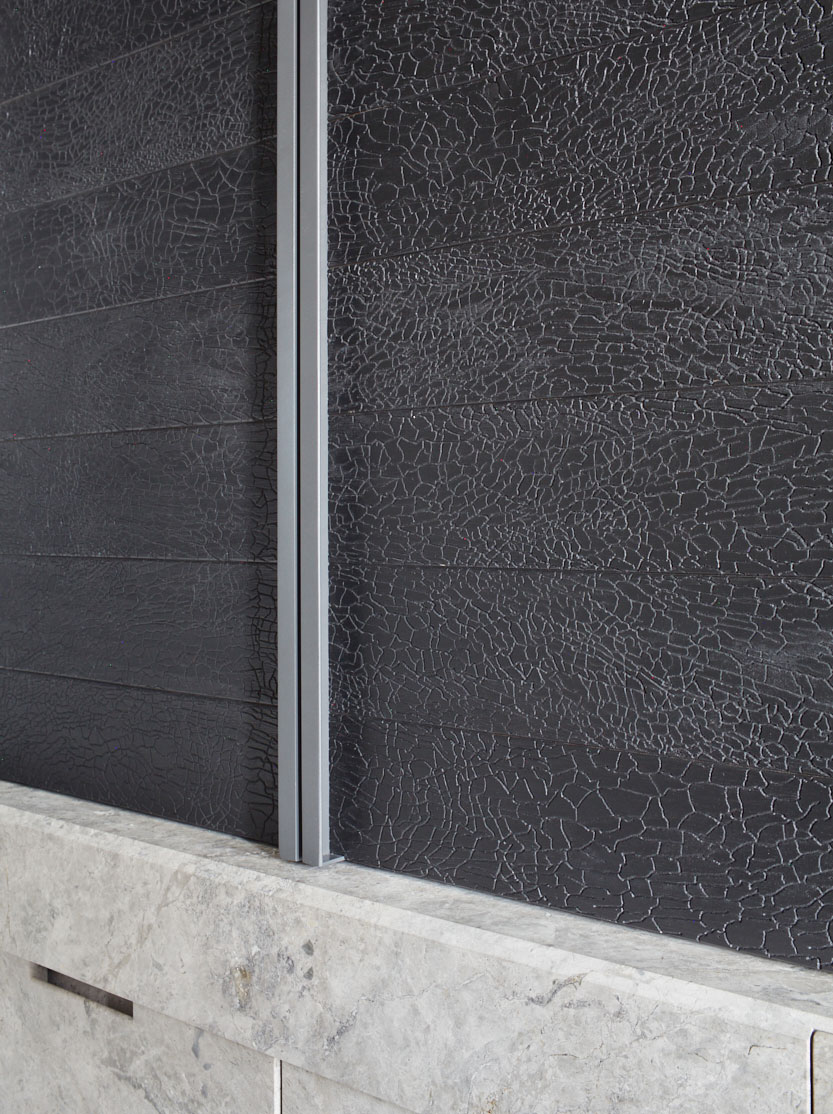
What’s the most complex thing we’ve ever asked you to do?
Aligning, terminating, and transitioning your custom metal reveals and shadow lines from one surface plane to another and sometimes from one material to an altogether different material is challenging, but when we have to integrate these reveals on different planes at the same time as different materials is when it really gets fun! You have us constantly stretching ourselves, but in the best possible way.
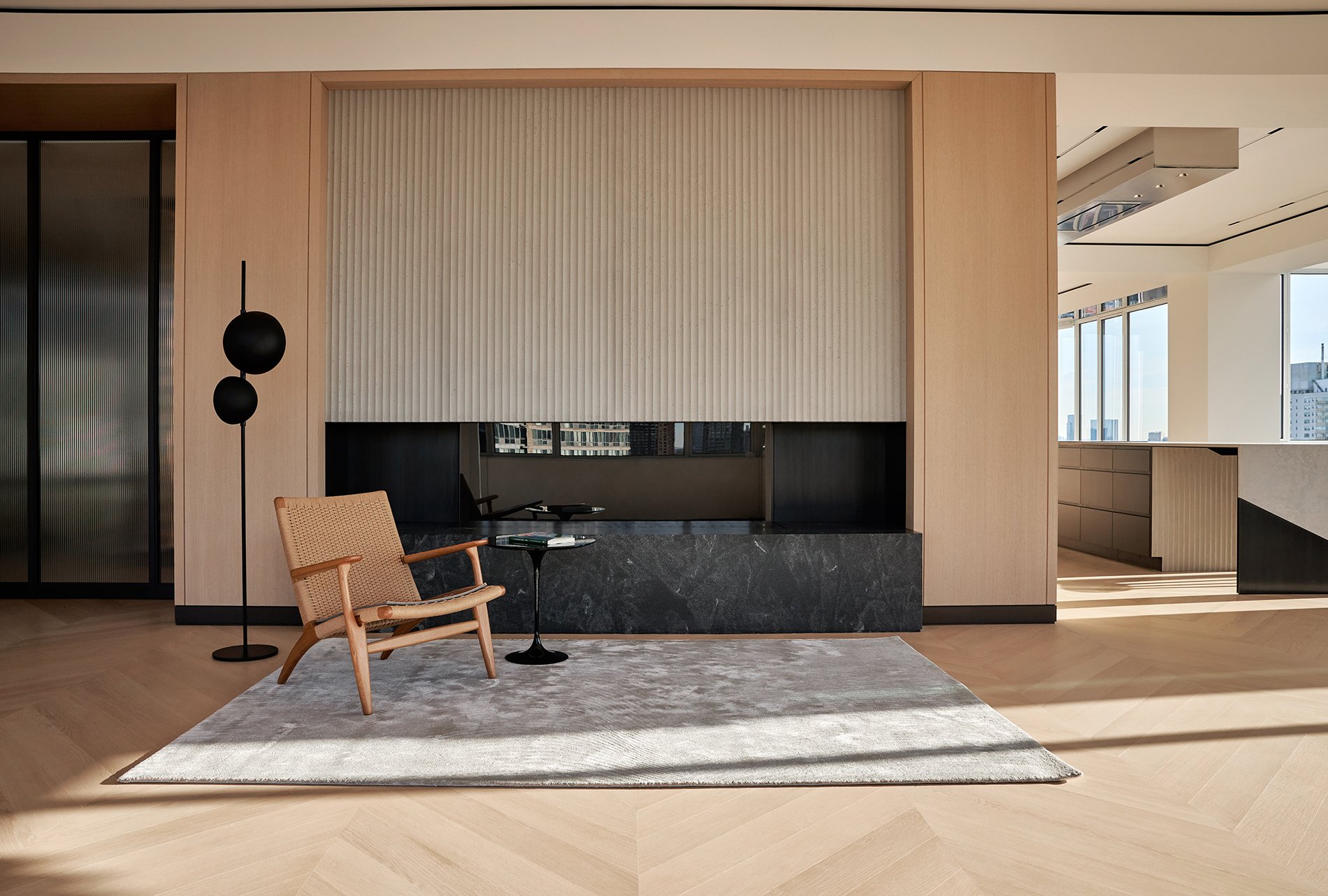
Any great only-in-New York stories?
We were once working on a Workshop penthouse project 32 floors up and had a number of oversized glass and metal doors and panels that could not fit in the building’s elevator. We had to arrange a Saturday street closure with the Department of Transportation and coordinate a hoist to bring in all of these items up through the apartment’s demolished solarium and the rebuild the solarium and replace all of its glass once the hoist was done. We had so many items that needed to get up there, it required 22 picks and a very special crane that was tall enough to get all the way up to the 32nd floor (there are only a handful of these in town so you have to reserve well in advance and if the weather doesn’t cooperate on your designated date, you have to reschedule with the DOT and the crane co—which we unfortunately had to do due to wind on several occasions). The amount of coordination required on these kinds of projects is understood and appreciated by few, but it’s what we excel at and live for, and is all in a day’s work at Highline.
Has the pandemic changed the kind of work you’re doing? The volume?
Highline has always been an NYC-exclusive firm and intends to stay that way so the Pandemic hasn’t changed where we’re working, but it has modified the types of projects we’ve been seeing lately. Pre-Covid, more clients seemed to have the patience and the stomach for larger projects such as a gut renovation of a townhouse including excavation and extension, but now seem much more eager to get into their new homes and are aiming for a quicker turnaround time, so we’ve been coming across a lot more cosmetic upgrades in newer developments. There is such a large inventory of these condos right now, folks want a deal, and assume that because everything is new, that they can personalize with paint, wall coverings, millwork, swapping out finishes, etc. These jobs are generally more quick and painless to do, but are accordingly smaller in scope and value. There are pros and cons to all of the different types of projects we take on and ideally we strive for a healthy mix of big, small and everything in between, but as long as we’re collaborating with strong partners like Workshop, we’re grateful for whatever projects come our way.
Last but not least: how do you know when a project is done?
As far as we’re concerned, a project is never really done. Even once our clients move in, they are generally reaching out to our service department to hang art, change lightbulbs, touch up the occasional floor scratch courtesy of a high heel or the family dog… you name it, we do it. We never really leave our projects—they just transition from the construction phase to the service and maintenance phase. Our client relationships are ongoing.